In the wake of the shock announcement that Dyson was ending development of its headline-hitting electric car, we went behind the scenes at the project's headquarters to see what could have been.
Here, company boss James Dyson speaks candidly about why the project had to end, and what he could do next.
Full story in this week's Autocar, on sale now
Did you have a name for your car?
“We struggled with that and in the end decided just to call it a Dyson. Maybe we’d have done something different when we had more than one version, but at first a name just seemed like a marketing distraction.”
Was your car good enough for production?
“I believe it was. The design was great and we were ready to go. The problems were commercial, not technical. Ian Minards did an amazing job building a 500-strong team and running things on time. Back in 2014, it was viable, too.”
EXCLUSIVE: The inside story of the Dyson EV
You’re known for persistence at perfecting an idea. Could more persistence have worked here?
“The nub of the problem is that big car makers are now using their electric models to prop up their gas-guzzlers. That makes EVs unrealistically cheap. It affects Tesla, too, but they have Elon Musk’s billions to fall back on. We don’t.”
Was it upsetting, closing down?
“It tore all our hearts out. We’d done great work and many people in the company were totally dedicated to it. It was awful, delivering the bad news.”
Could the car have worked in the long run?
“I believe several years down the line, if we could have got costs down, we would have been competitive. But getting there was the problem. The battery costs were one thing, but other costs were high, too. When you start something, suppliers charge you more. But in the long run, we could probably have had a good business.”
Is loss-making bad for the EV industry, or will the urgent need to cut CO2 drive it anyway?
“I think it’s really unfortunate everyone’s losing money. When new technology comes along, the ultimate answer is that the public has to see its value and pay. The government has subsidised things a bit – and that has helped – but they cut back recently, which was a pity. The kind of assistance we had is an easy way to do something big.”
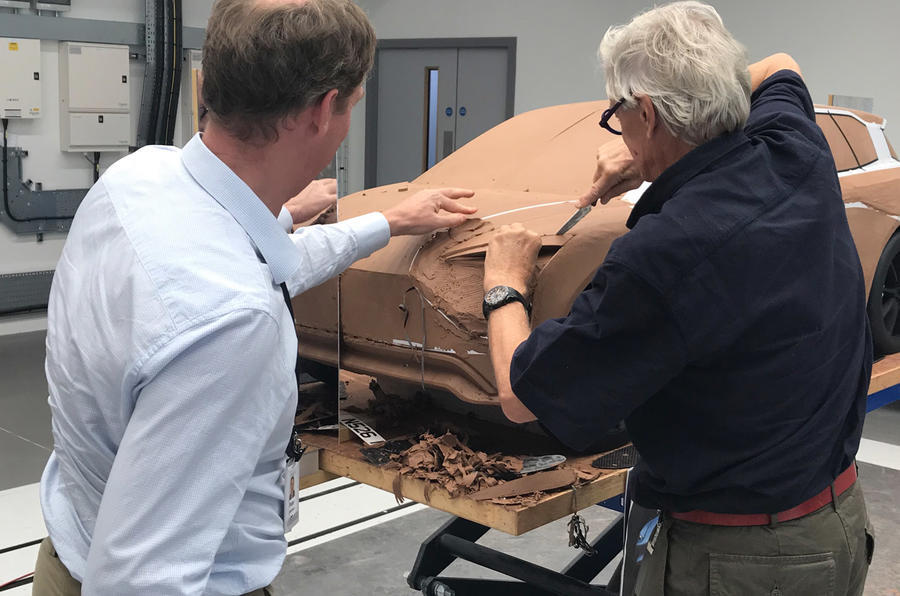

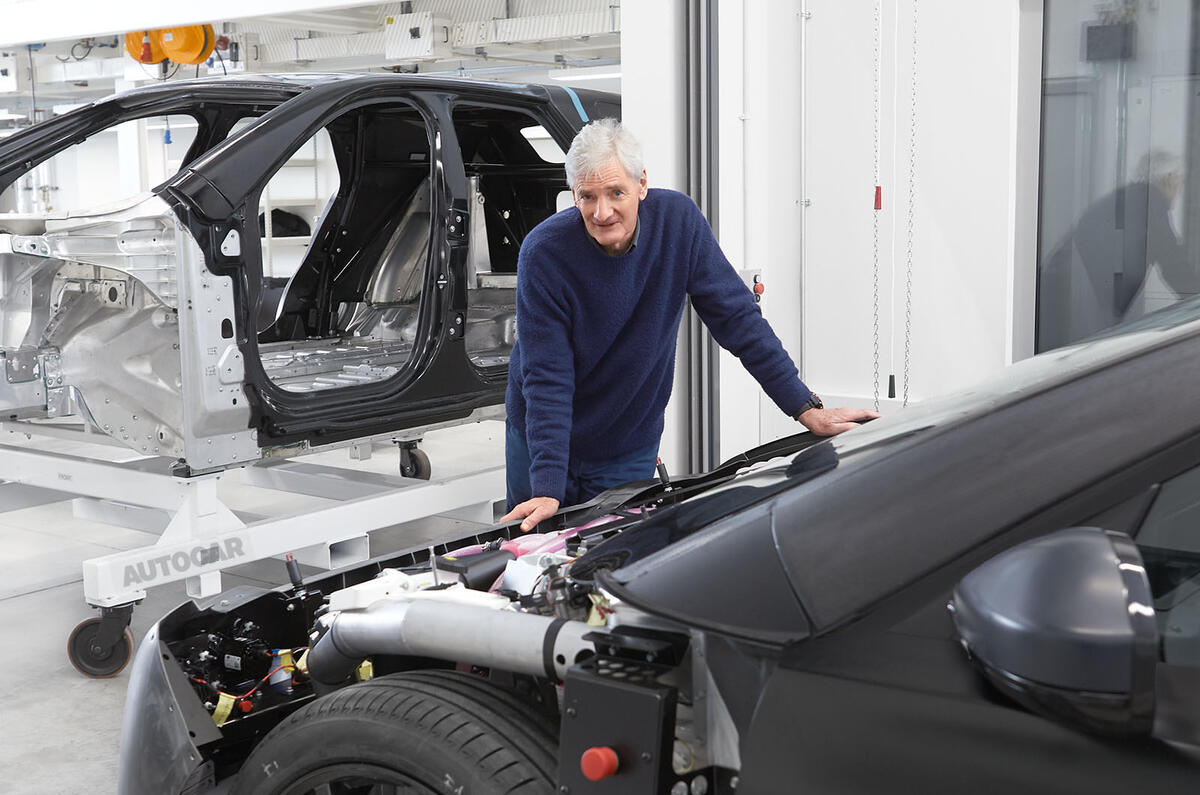
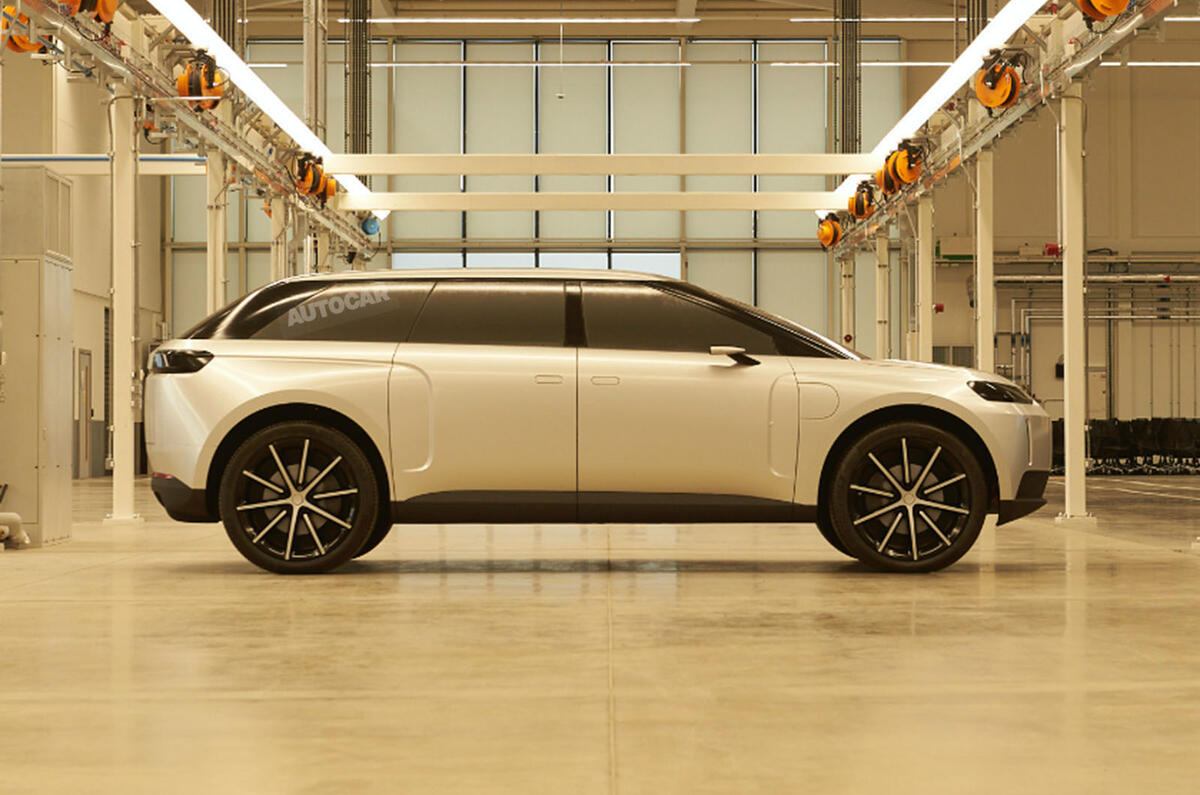
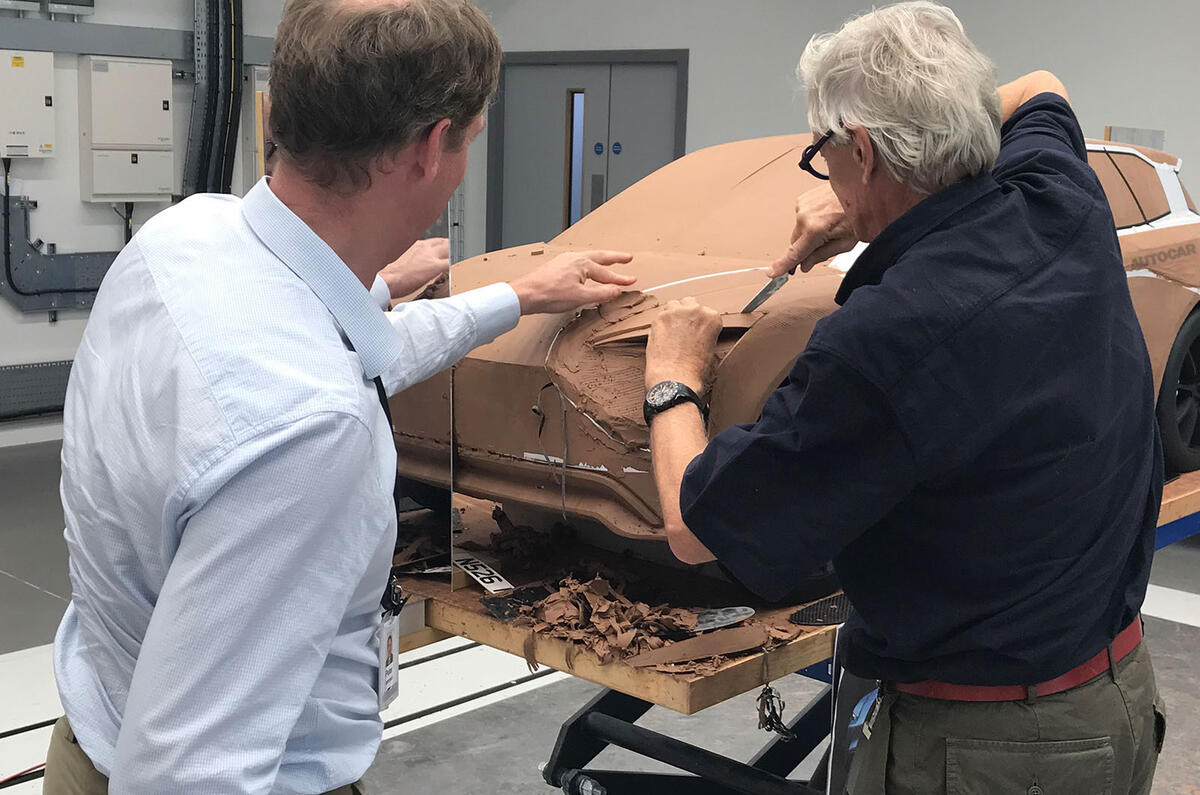
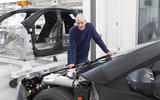
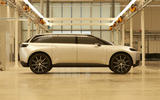
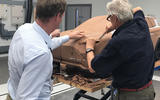






Join the debate
Add your comment
Dyson Car
I don't really think Dyson considered that the step up to becoming an auto maker from a maker of small electrical appliances was out his league. When you consider the largest device he'd built before was a washing machine and that wasn't a commercial success either
Must try harder
Suspect the Purchasing team did a poor job on supplier strategy/selection and the engineers were given too much freedom with insufficient design for manufacture/cost control. Also, the clay model looks a bit different to the CAD renderings?
Not convinced that Dyson were going for a step change in battery design/chemistry/technology - I suspect a lot of potential customers are hesitating to go electric when they see prices coming down and ranges going up - why buy a vehicle which in a handful of years will seem uncompetitive to what is then available new and hence heavily depreciate? Who would buy an original Renault Fluence or Honda Insight these days?
Nice guy
Maybe would have been better forming a partnership with an existing manufacturer. One point regarding his downer on the losses with fast charging is most charging is done overnight at home, fast chargers at 50p a Kw will only every be needed for topping infrequently after 200 miles of driving